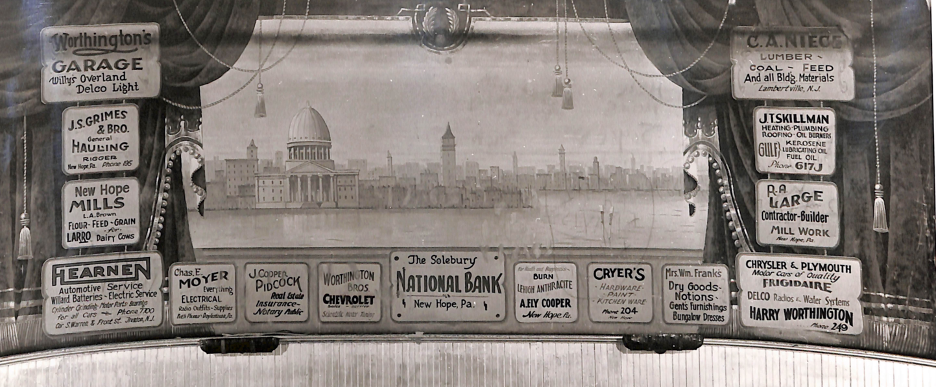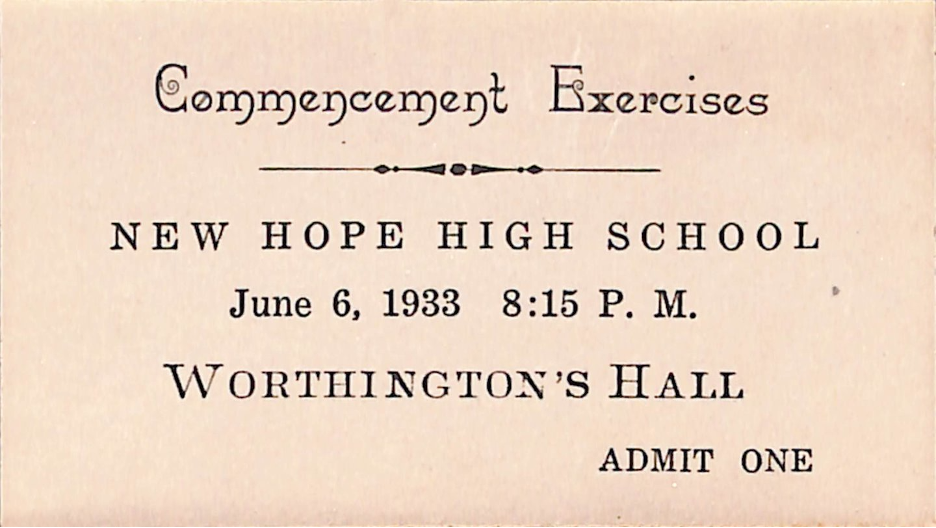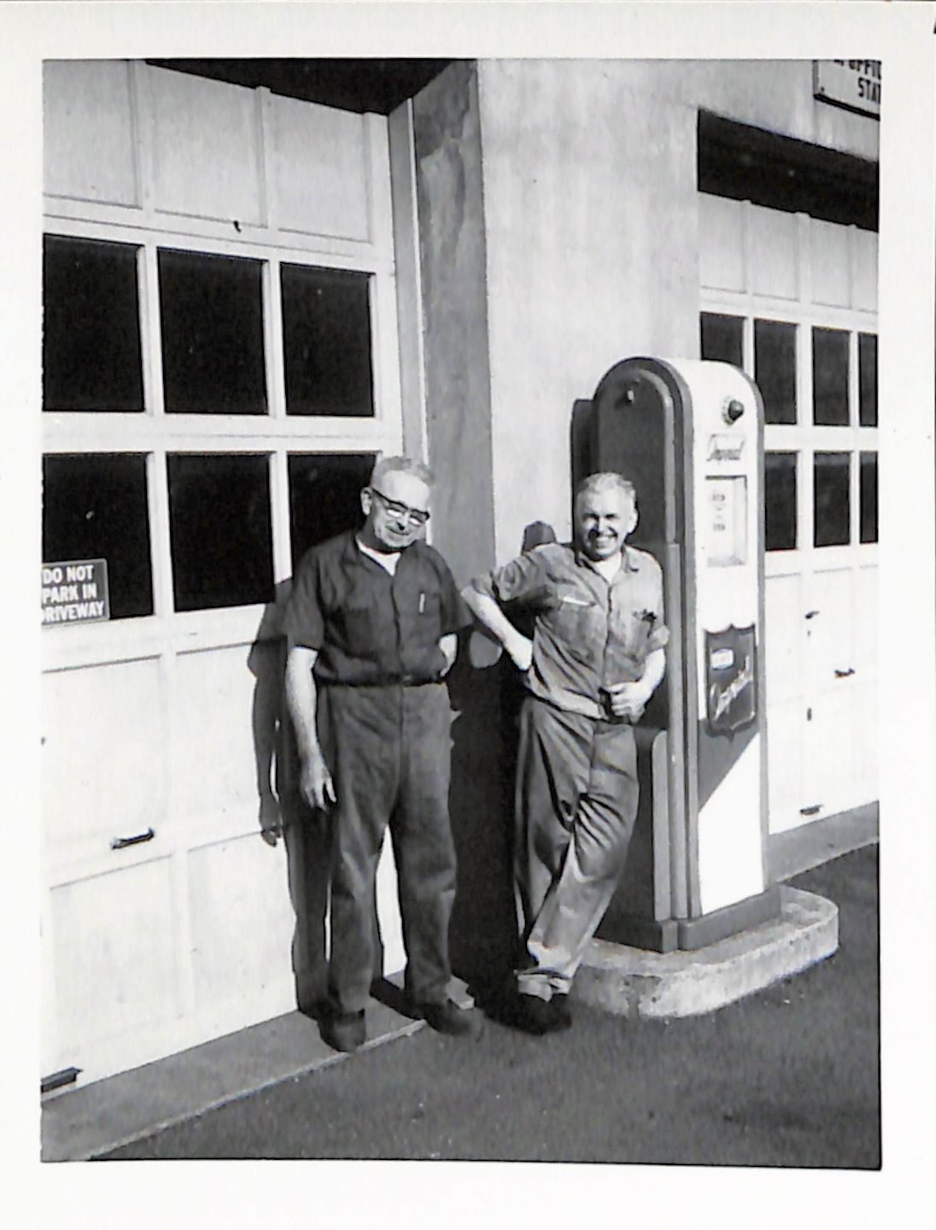Contact Info
New Hope Historical Society
at The Parry Mansion
45 South Main Street
New Hope, Pennsylvania 18938
Phone: 215.862.5652
Email: info@newhopehistorical.org
New Hope Arts
2 Stockton Avenue, at the corner of Stockton Avenue and Bridge Streets, has been the site of multiple enterprises over more than two centuries. Most recently it has been owned and occupied by New Hope Arts, Inc. and their tenants. Volunteers from the New Hope Historical Society recently met with Joyce Worthington Homan, whose grandfather, father, and uncle were the owners of the property from about 1920-1968. We also met with and toured the property with the current executive director of New Hope Arts, Christine Ramirez. We explored both the current use of the location as well as its historical uses. New Hope Historical Society (NHHS) archives were also used in preparation of this article.
The earliest NHHS files show a 1799 title transfer from John Beaumont to Eli Doan. One online source states Eli Doan was a descendant of the infamous Doan family. The Doan Boys had been known as the “outlaws and loyalists” during the Revolutionary War. At this writing, Eli Doan’s connection to that family is not known to be otherwise documented.
By 1830, title transfers mention a dwelling at this location. Within a few years of that the Delaware Canal was constructed just east of the property. By 1844 a title transfer from Hiram Ely to Britton Ely mentions 'stone house, frame kitchen, soap factory and stable.'” NHHS files contain a 1977 architectural description of the building as being built between 1850-1880 as a factory shop and foundry, with the construction being sandplaster over brick. By 1850 the property was owned by Charles B. Knowles, husband of Margaret Parry who was the daughter of Parry Mansion and New Hope Flour Mill owner Benjamin Parry.
It presumably continued as a soap factory under Knowles's ownership as an 1865 title transfer to a new owner mentions that enterprise. By 1869 it was being used as a blacksmith shop and storehouse, and by 1906 it was a machine shop when John W. Kooker bought the property and began its use as a sausage factory. Sausage was easily shipped to markets in Philadelphia along either the Delaware Canal on the east side of the building, or the railroad on the west side.
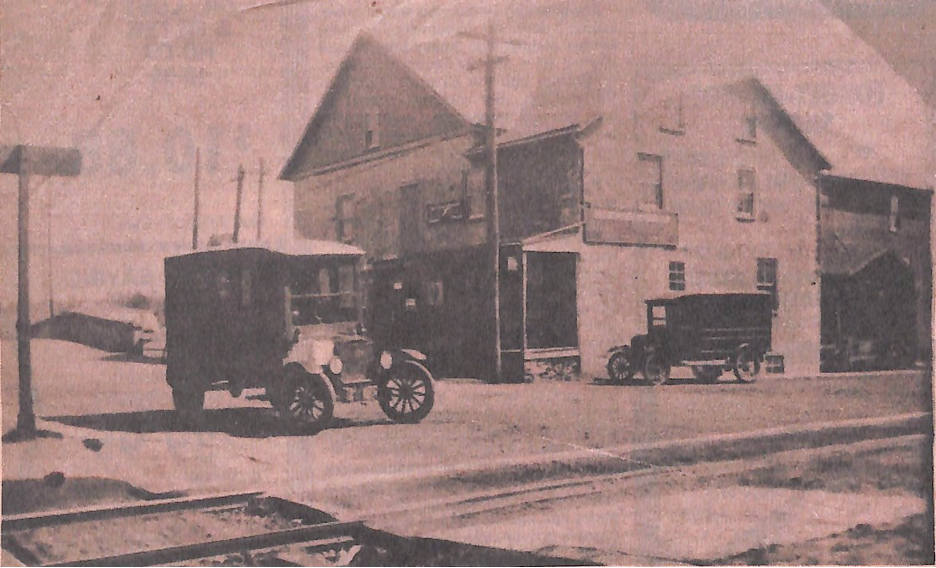
Kooker also began the use of the upper floor (now New Hope Arts exhibition area) as an auditorium for local events and named it Kooker Hall. In 1919, local Solebury farmer Harry Worthington secured ownership of the former Joseph Pickett home, directly across Bridge Street, and began to use it as an automobile showroom. The Worthington’s were descendants of early settlers in the area. Ancestors William and wife Mary Michener Worthington settled just north of New Hope in the Rabbit Run area in the early 1800’s.
In 1920, Harry Worthington bought what we now call the New Hope Arts building. For the next 5 decades, it remained in Worthington family hands as Worthington’s Garage and Sales. The main business was selling cars and doing car repairs. Car sales included being a Willy’s and Overland Agency, and at various times selling Chryslers and Plymouths. Delco Farm Lighting Company systems and water pumps were also sold there. Delco systems allowed farmers to have electricity without the need to pay to draw expensive electric lines to remote properties.
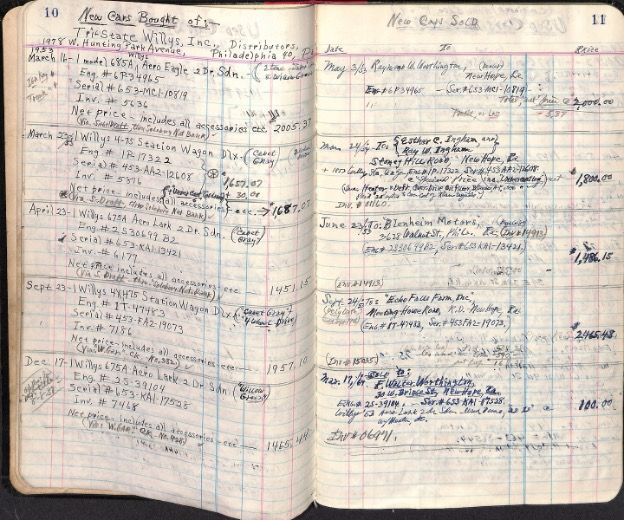
Upstairs from the Worthington car businesses the auditorium was renamed Worthington Hall. Up until 1952 when the New Hope Solebury High School built a gym, it was used for school events such as plays and high school graduations, as well as for other local community events run by the American Legion, and the New Hope Presbyterian Church. A photo from the 1930's shows the stage with ads for local businesses around it, including for the Worthington car business, and Cryer’s Hardware. Joyce W. Homan recalled, with regret, the existence of minstrel shows in the auditorium in the 1930's.
Harry Worthington’s sons, Raymond and Walter, continued the car business until 1968, while Harry Worthington’s other three sons operated the Worthington Brothers Chevrolet dealership on South Main Street at what is now the Ferry Market. Raymond is the father of Joyce Worthington Homan who provided valuable information for this article.
By 1946 Stephen J. and Julia Gerenser opened an ice cream store on Main Street and in 1969 they bought 2 Stockton Avenue for their ice cream factory. At one time a fencing academy occupied the second floor prior to its moving to Lambertville, NJ where it remains today.
Gerenser's son, Bob, inherited the operation and reopened the auditorium as the S.J. Gerenser Theater. Bob, one of the portrayers of George Washington at annual events in Washington’s Crossing, died in 2016. Prior to his passing, the property came under the control of the Scannapieco family, owners of a local development company. Tom Scannapieco, a supporter of the New Hope Arts organization, arranged for the former auditorium space to be used for their art exhibitions at a nominal cost. New Hope Arts had been founded in 2003, and in 2008 the property came under their full ownership, in part through generous donations including those of the Scannapieco family.
Nowadays the property, while entirely owned by New Hope Arts, Inc., is used for both exhibition space on the 2nd (auditorium) floor, as well as reduced rate studio space for five local artists on the first floor, each with an individual exterior entrance. As the land gives way on the canal side of the building, what is the first floor on Stockton Avenue is one story above the canal on the other side. New Hope Arts currently rents some retail space and the Italian Cucina restaurant space on the first floor as well.
Artists with studios include Cathy Beggs’ “43 Canal Studio”, Donna Lillo’s stained-glass studio, Christian Kowalchuk’s digital, traditional painting, laser cutting, and woodworking area, Ronni Nicole’s studio of works on paper and plaster, Scrambled Gallery of Gifts, run by artist Hope Gaburo who showcases several local artists’ work in many mediums, along with her own oil paintings, and Christina Galagarza’s workshop featuring mixed media, oils, acrylic, and jewelry. Kowalchuk’s studio is at the southeast corner of the building and was used for coal storage during the car showroom years according to Joyce Worthington Homan.
In 2023 extensive renovations of the building were completed including the installation of a handicapped accessible elevator. Long-term Mayor of New Hope, Larry Keller, is the current chairperson of the board of New Hope Arts, and executive director, Christine Ramirez, tells of future plans to use the 2nd-floor auditorium space not just for art exhibitions, but also for theater, concerts, dances and workshops. The current basement storage space may also someday be renovated for workshop, lounge, and kitchen use. The current exhibition is the 21st annual sculpture exhibition through June 7.
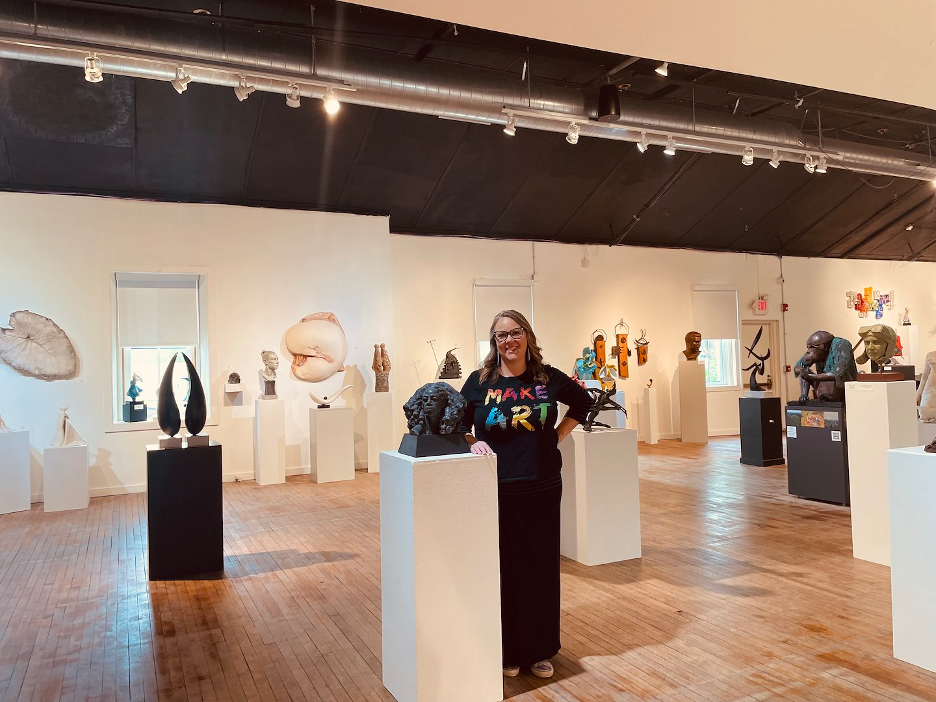
Many thanks to Joyce Worthington Homan, Christine Ramirez, and New Hope Arts for sharing this historic information and property with us.
The members of the Archives Team involved in this project are Nicole Hudson, Archivist and the following volunteers:
Michele Gunnells
Sandie Mines
David Newhart
Tom Lyon
Tom Williams
Addendum: New Hope Historical Society archives volunteer Tom Lyon recently met with community member John Danaher who provided additional information about the history of 2 Stockton Avenue.
John, a musician who currently serves as president, executive director, and producer of the Lambertville New Hope Winter Festival, arrived in New Hope about 1970 and was good friends with Bob Gerenser. Gerenser inherited the building from his parents when it was an ice cream factory. John lived nearby and recalls fabulous Halloween parties in the then SJ Gerenser Theater during the 1970’s. That venue also housed plays and served as a meeting spot for the Independent Merchants Association, of which John was a member. He also recalled there was a resident who made his home on the third floor approximately 25 years ago. John recollected a time soon after he arrived in New Hope when “Mechanic Street was like Haight-Ashbury” and the “hippies” who congregated there had to keep moving as the authorities would not permit them to sit still.
Interestingly John reports that when Stockton Avenue was repaved the railroad tracks on Stockton were found to have a spur that ran just south of New Hope Arts. Reasonable speculation suggests these were used by the Kooker Sausage entity to ship sausage to Philadelphia.
Many thanks to John Danaher for providing this additional information.
Beyond The Door
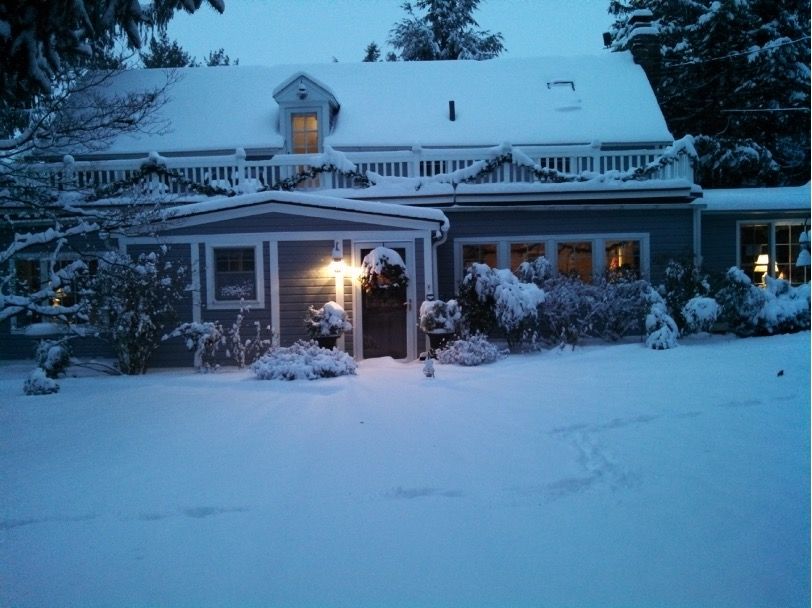
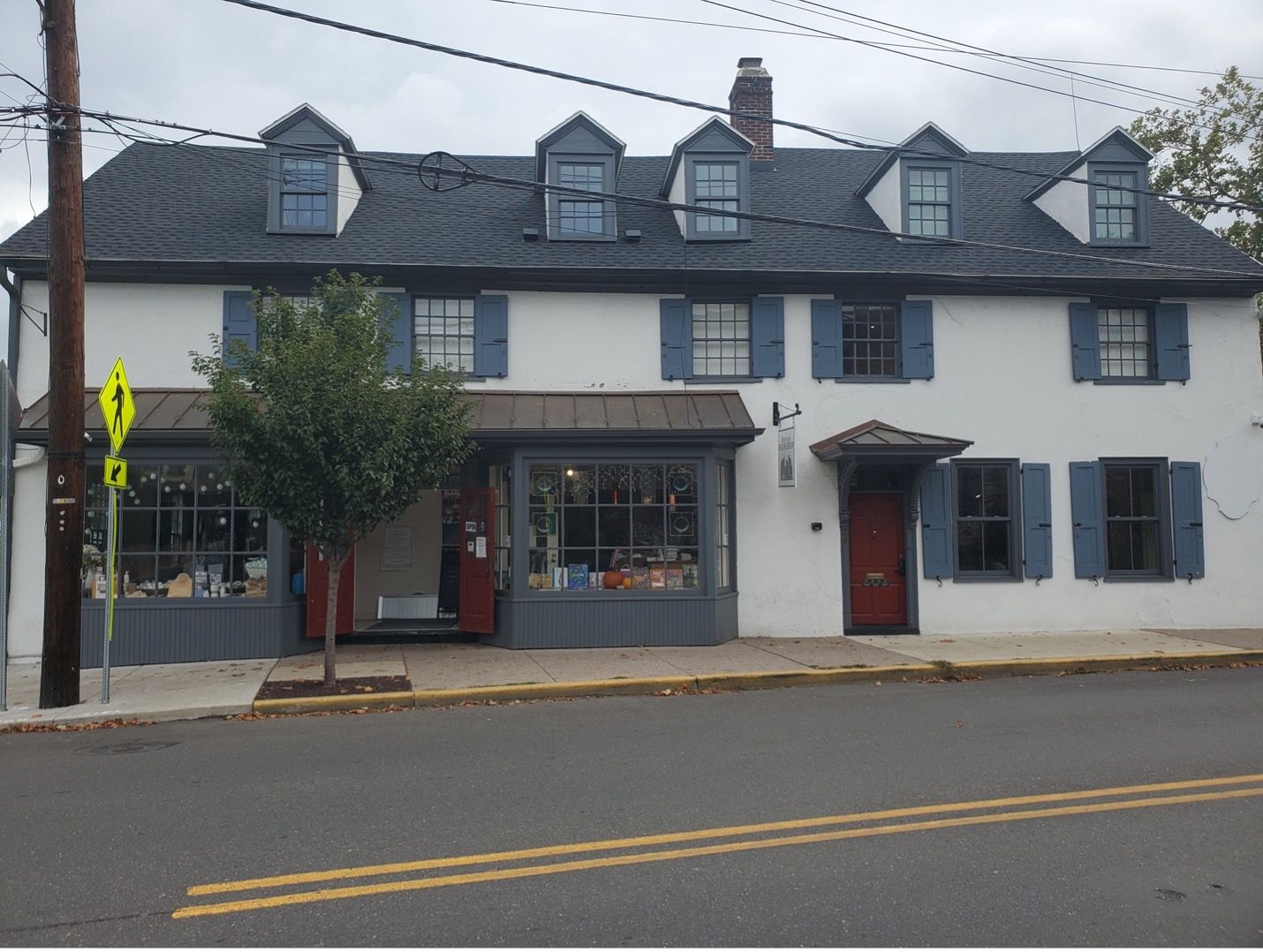
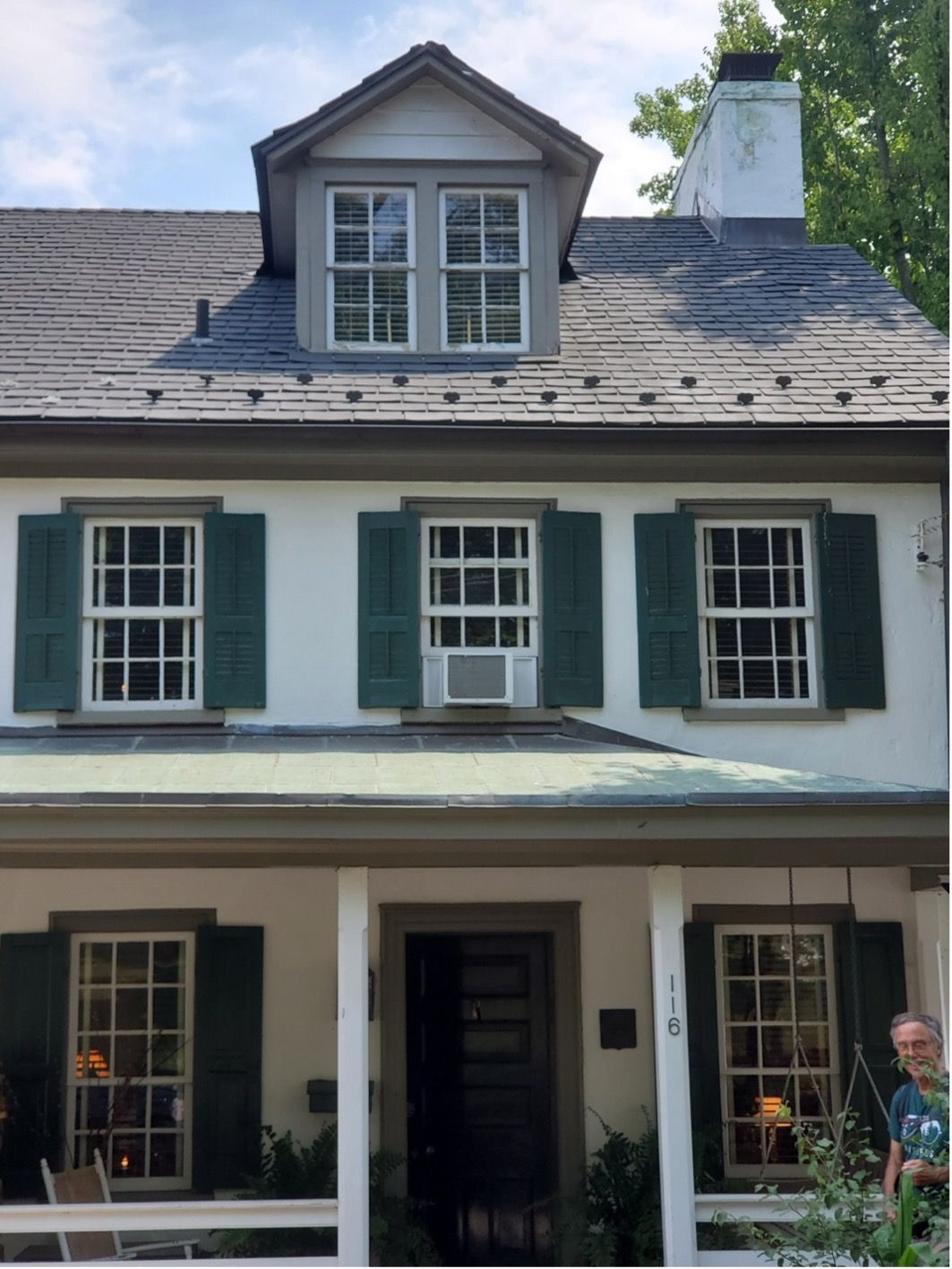
Contact Info
New Hope Historical Society
at The Parry Mansion
45 South Main Street
New Hope, Pennsylvania 18938
Phone: 215.862.5652
Email: info@newhopehistorical.org
Mailing Address:
PO Box 41
New Hope, PA 18938
© 2022 All Rights Reserved | New Hope Historical Society
Website powered by Neon One

